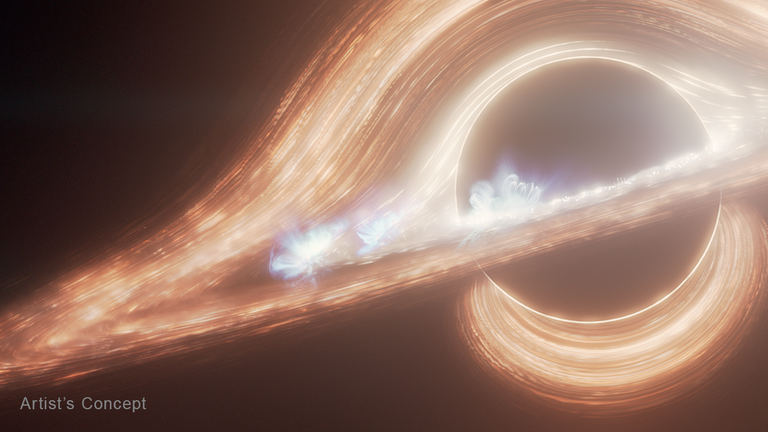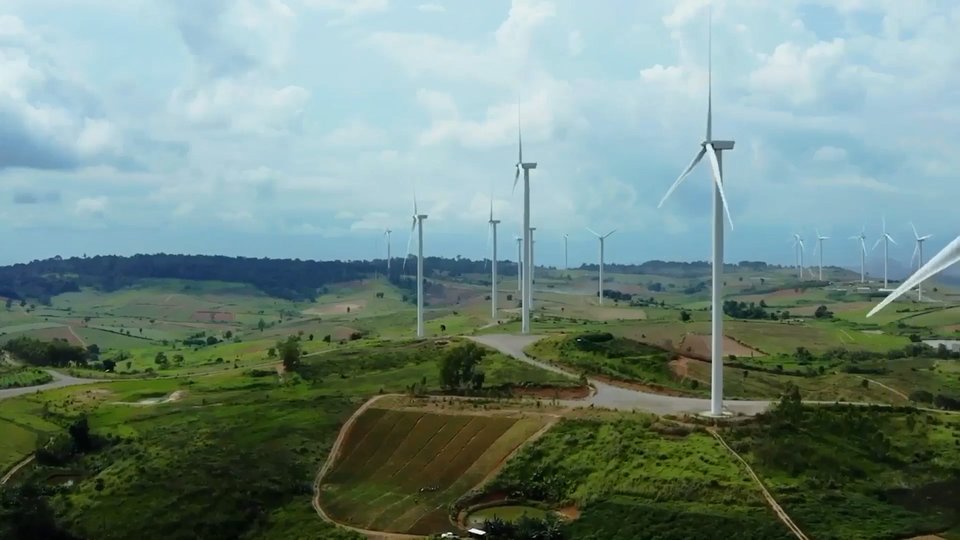Eruptions in the central black hole of the Milky Way occur continuously

A team of astrophysicists has observed that eruptions of different intensity and duration occur without interruption in the central black hole of the Milky Way using the James Webb Telescope. The results of the observations are published in The Astrophysical Journal Letters.
Astrophysicists observed the black hole of Sagittarius A* for 48 hours over the course of a year in sessions of 8 to 10 hours. And every time they looked, they saw something different. In the disc of gas and dust around the black hole (the accretion disc), eruptions have been observed to occur continuously. Some eruptions are faint flashes that last only a few seconds, but every day, very bright eruptions also occur. There are also eruptions that last for months.
Although they expected to see eruptions, they did not expect so much activity. It has been observed that there are five or six major eruptions per day, including several minor ones. It has been observed that it is always bubbling and never seems to reach a stable state. On the other hand, its activity is very variable and does not have a clear model.
Researchers are still unclear about how all of these eruptions occur, but believe it could be due to two processes. Small perturbations in the accretion disc would produce the weakest eruptions. And the most violent and brilliant fulgurations could be due to magnetic reconnections. In this process, two magnetic fields collide and release energy in the form of accelerated particles. Because these particles move close to the speed of light, they produce bright explosions.
Buletina
Bidali zure helbide elektronikoa eta jaso asteroko buletina zure sarrera-ontzian










